Category: Index of Articles
-
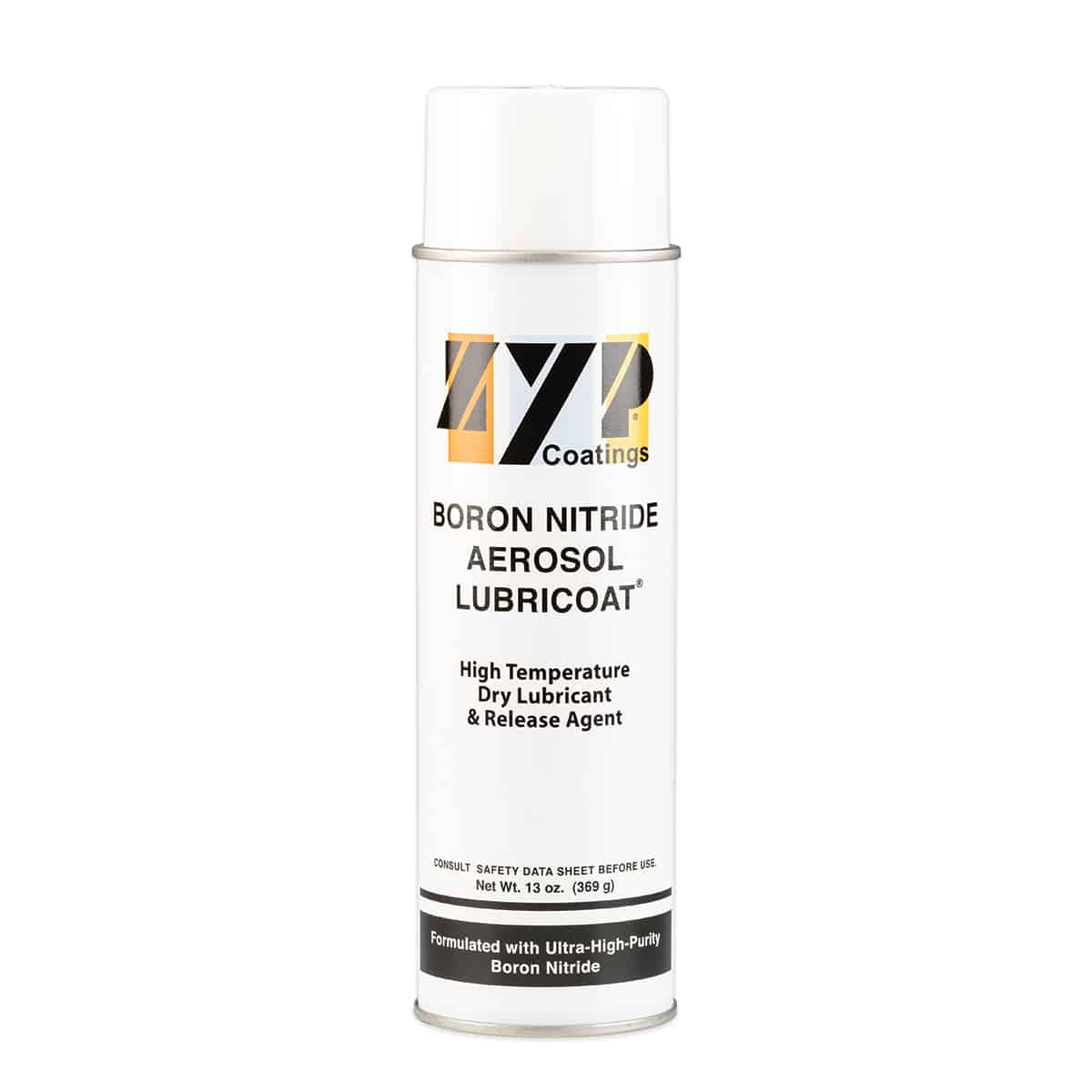
Boron Nitride Lubricant Aerosol
How to use Zyp spray separator with Colour de Verre Molds “ZYP BN Lubricoat Aerosol (formerly MR-97) is a boron nitride (“BN”) spray. When applied to Colour de Verre molds,…
-
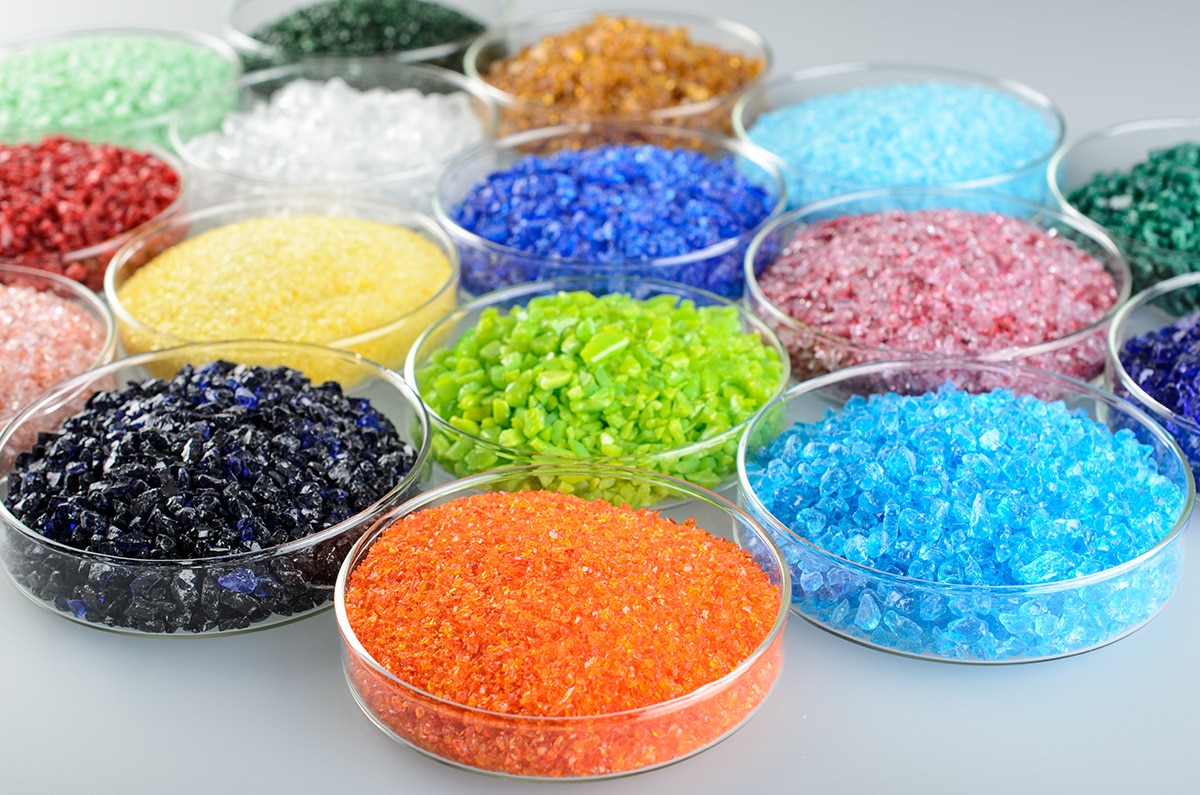
Fill Weight Chart
Take some of the guesswork out of molds with these suggested fill weights from Colour de Verre “These weights are a suggested starting point. You may find that you like…
-
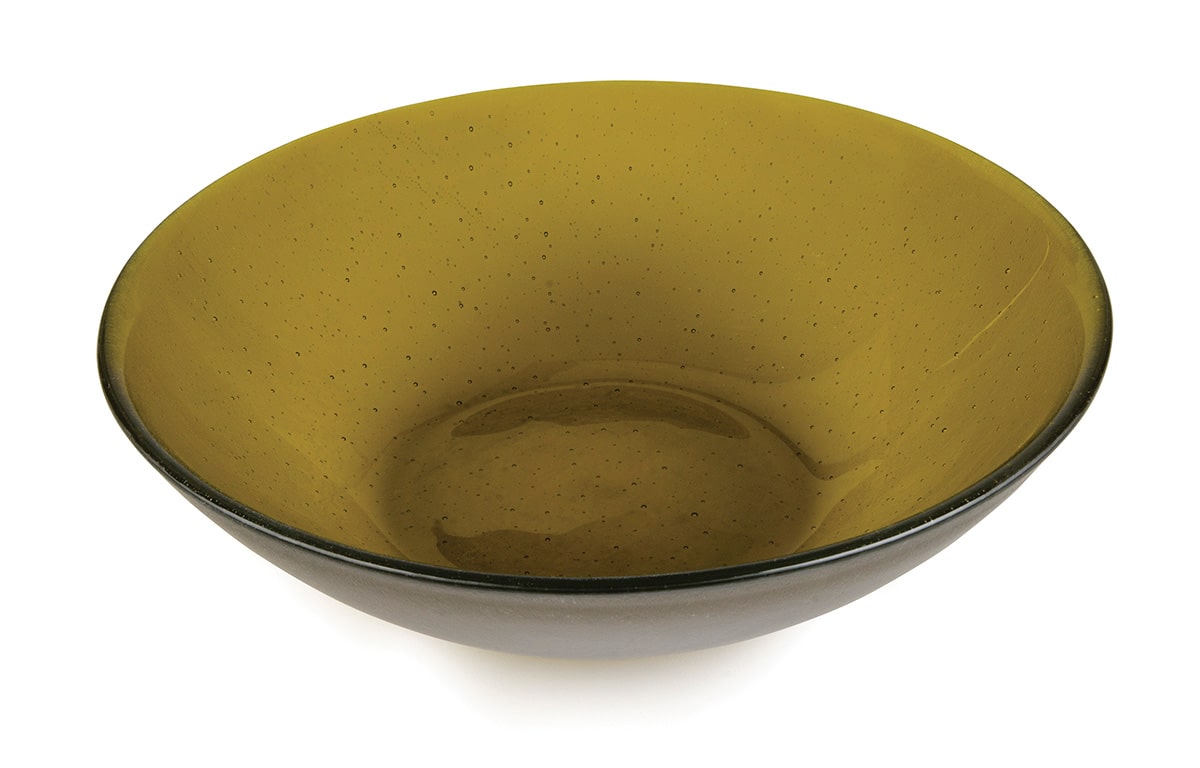
Mold Tips: Big Bowl
Note: The following tips do not guarantee a uniform result. Because of the steep-sided nature of this mold, pieces may slump unevenly. Slumping Options We have achieved the most consistent…
-
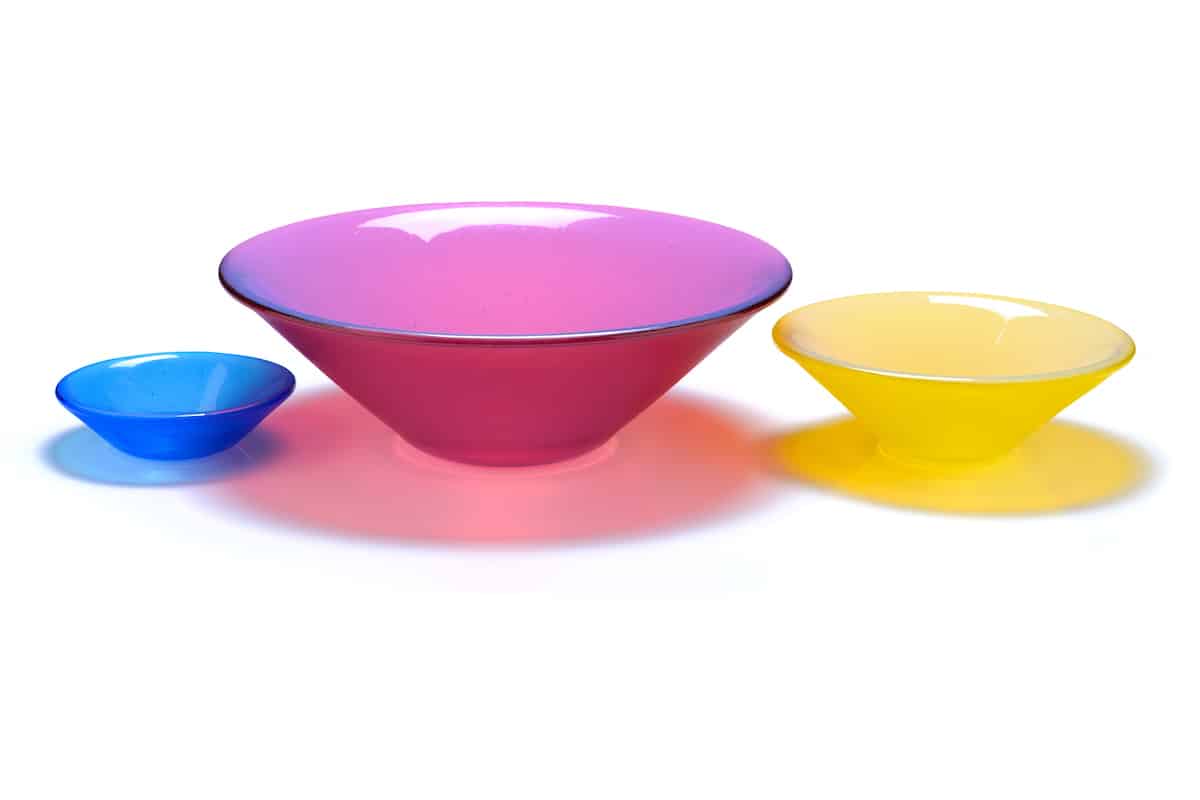
Mold Tips: Cone Bowl Molds
The following tips do not guarantee a uniform result. Because of the steep-sided nature of these molds, pieces may slump unevenly. Prior to slumping, prepare any of the Cone Bowl…
-
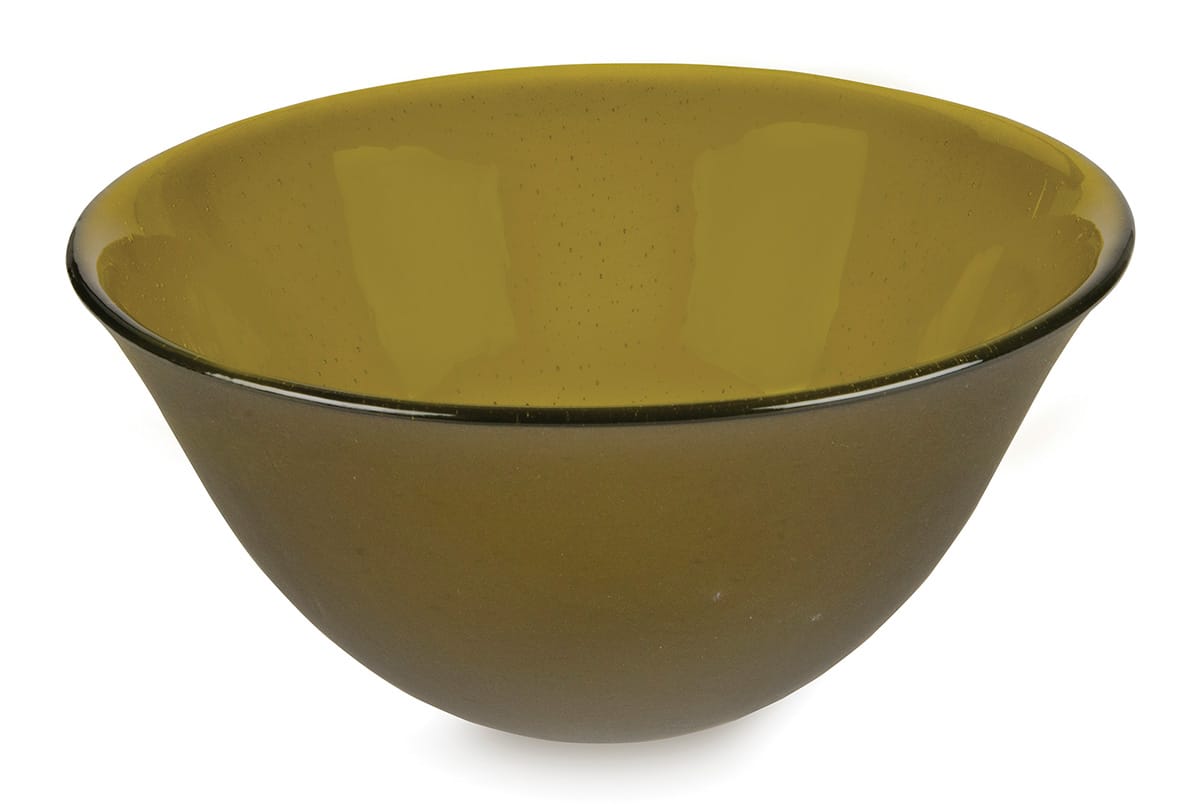
Mold Tips: Deep Form Three-Step Process
Overview This process involves slumping a 15.5″-diameter circle over the course of three firings. (Note: always measure your mold before cutting your glass.) Each consecutive firing shapes the form, ultimately…
-
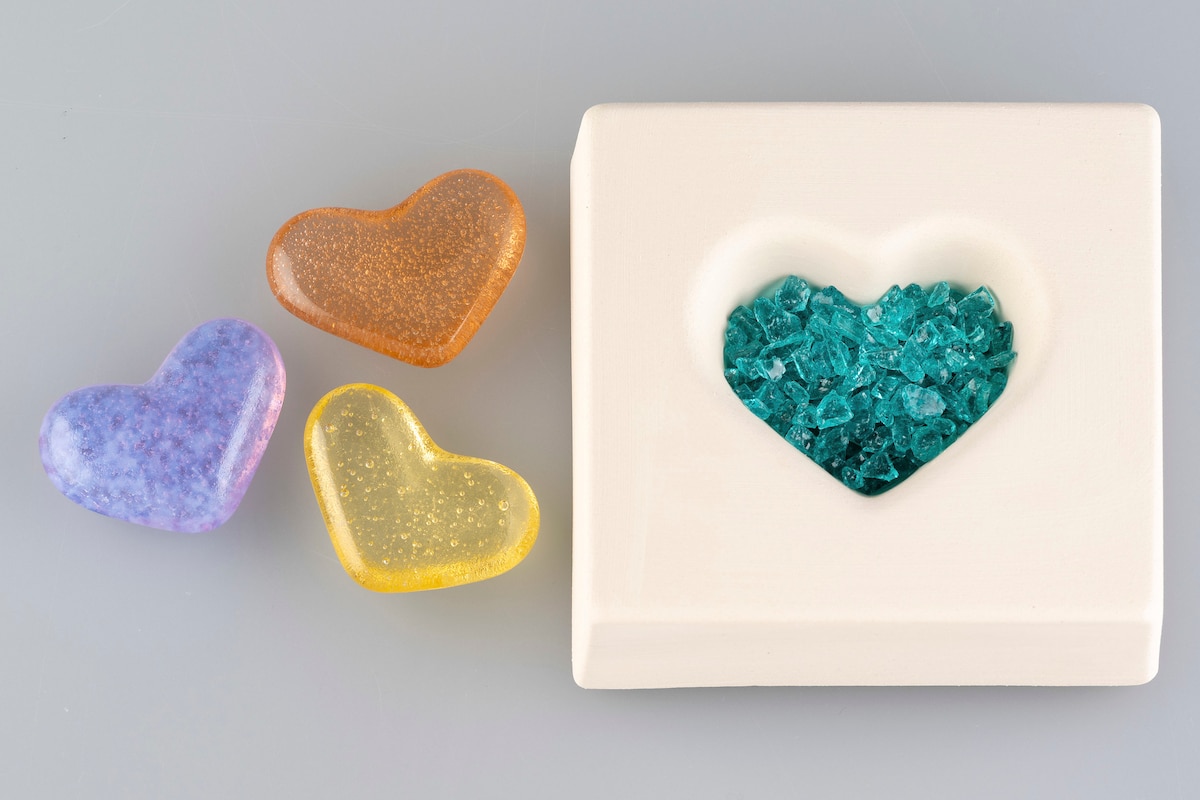
Mold Tips: Heart Casting Mold
Glass Selection It takes 24 grams of glass to make a heart casting that is approximately 0.4˝(10 mm) thick (pictured). Examples shown were made with frit, but any form of…
-
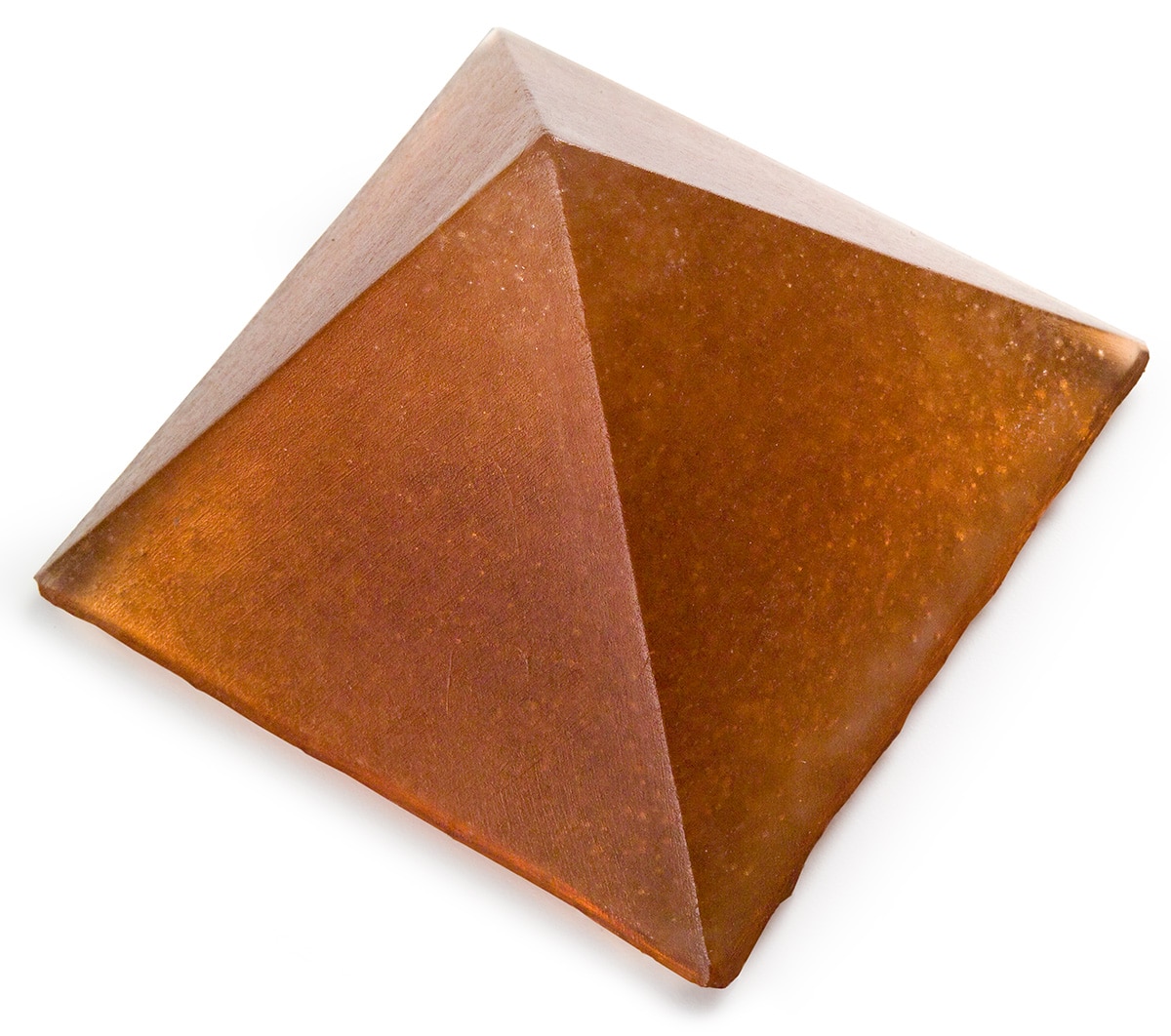
Mold Tips: Pyramid Casting Mold
Glass Selection It takes 2090 g (4.6 lbs) of glass to maximize the mold form, resulting in a pyramid that is 9.5 cm (3.75˝) tall. Any form of glass may…
-
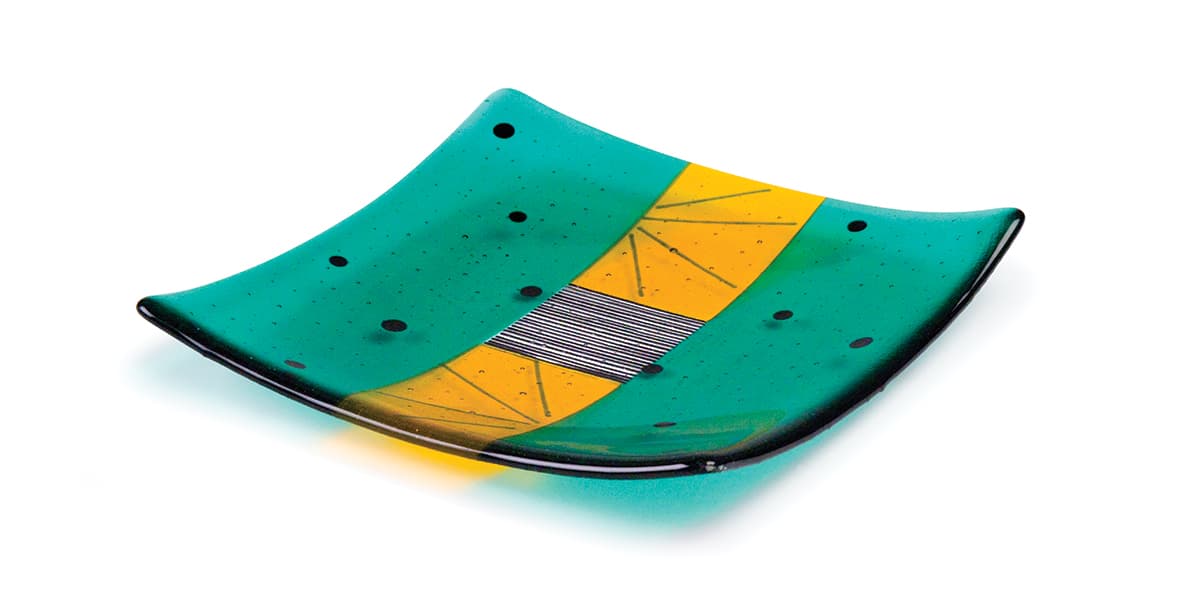
TipSheet 7: Platemaking Tips for Well-Crafted Vessels
Plates and platters are popular projects for both advanced and beginning kilnworkers, and platemaking is a perfect way to learn kilnforming’s two most frequently used methods: fusing and slumping. The…
-
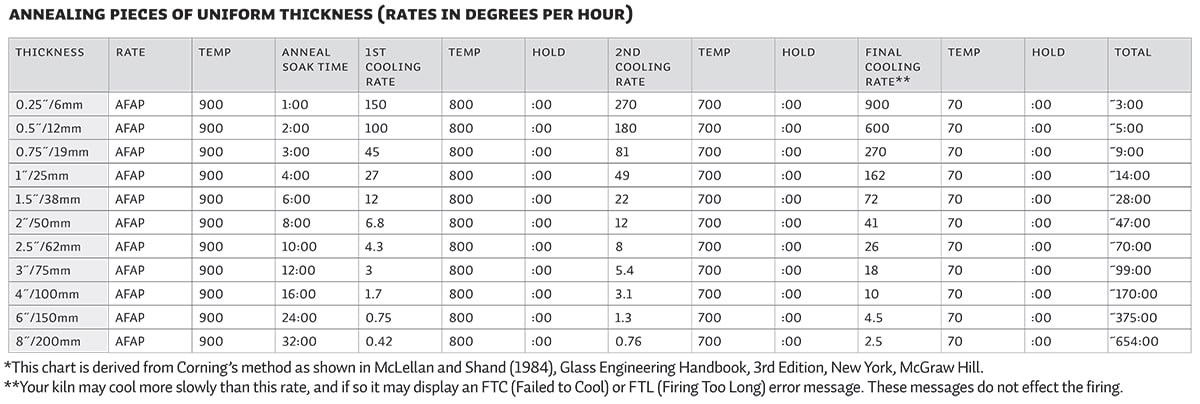
Annealing Thick Slabs
Fusing thick glass? You’ll want this chart! A conversion chart that helps you determine annealing times based on the thickness of your project. Shows both rates in time to temperature…
-
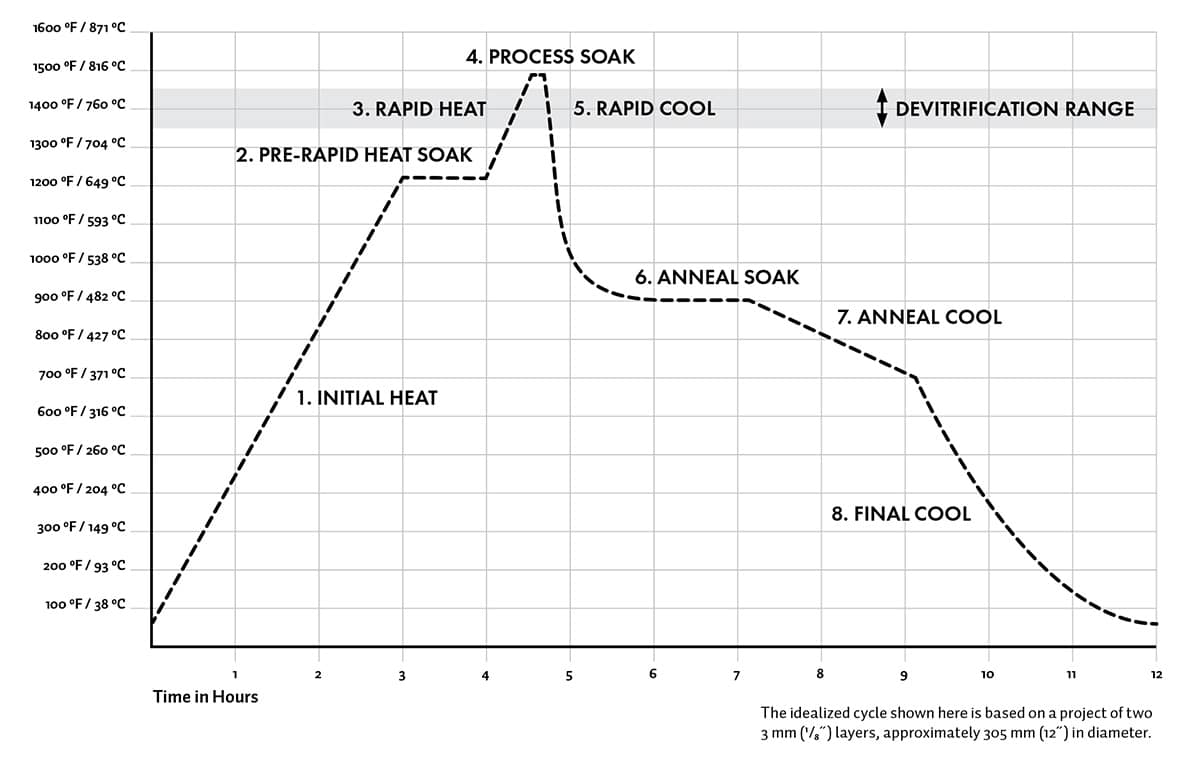
Idealized Firing Graph
The eight firing stages shown on a time/temperature firing graph. The Goals of a Firing Schedule Understanding the behavior of glass within different temperature ranges allows you to create a…
